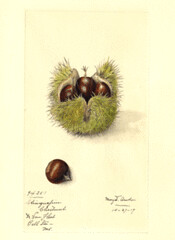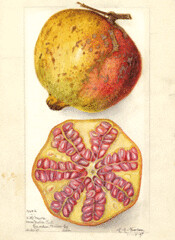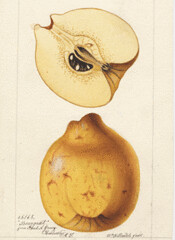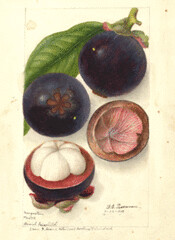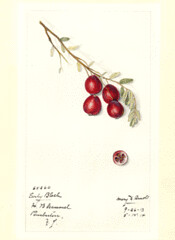And, since we're on the topic of nuts...
Protecting a Little-Known Tree From an Insidious Disease (New York Times)
Registration is of course required, and eventually it will retreat behind the great electronic subscribers-only wall.
I've touched on this disease before, but I'm always pleased to see these things getting a little play in the mainstream media. This link came via the NAFEX discussion list, and the poster (Lucky Pittman) noted that many of the "butternut" cultivars that have shown resistance have turned out to be hybrids with other Juglans species upon DNA analysis.
I'm curious to know if earlier anecdotal evidence of a correlation between bark type and resistance in wild trees has panned out (maybe the differences in bark type are the result of natural interspecific hybridization?)
Update: I just realized that the link in my previous butternut canker article to the Butternut Rescue Team website never had an address attached to it. I've fixed it there, and I might as well include it here as well: Butternut Rescue Team Homepage



